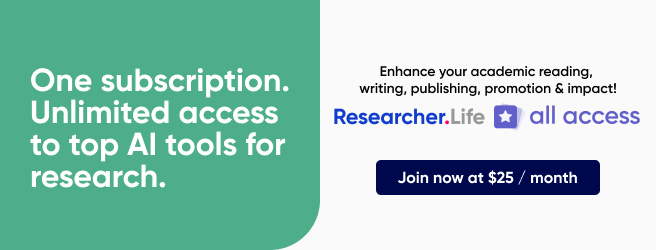10 Steps to get started with bayesian statistics in biomedical research

Bayesian statistics is like the Swiss Army knife of data analysis for biomedical researchers. It's versatile, powerful, and can unlock a treasure trove of insights from your data.
One of the biggest advantages of Bayesian statistics is its ability to incorporate prior knowledge. In biomedical research, this means you can leverage existing information and expert opinions. For instance, if you're studying a new drug, you can incorporate prior data on its efficacy and safety, making your analysis more informed.
Further, in the complex world of biomedical research, uncertainty is a constant companion. Bayesian statistics provides a framework to quantify and manage uncertainty effectively. This is particularly valuable when dealing with small sample sizes or noisy data.
Many biomedical problems require intricate, multifaceted models. Bayesian statistics can handle these complexities seamlessly, allowing you to create models that reflect the real-world intricacies of biological systems. As new data becomes available, Bayesian statistics allows you to update your models. This is especially critical in fast-evolving fields where insights need to be constantly refined and validated.
So as you can see, Bayesian statistics is a valuable and powerful tool for biomedical researchers, whether in clinical trials or meta-analyses. It's flexible, adaptable, and well-suited to the nuances of biomedical data. But what if you haven’t experience in Bayesian methods and don’t know where to begin? Here are 10 simple steps you can take:
- Understand the Basics: Start with the fundamentals. Learn what probability, likelihood, and prior distributions are in Bayesian statistics. It's like learning the ABCs of this statistical approach.
- Choose Your Software: Pick a user-friendly Bayesian statistics software, such as JAGS, Stan, or even R with packages like 'brms' to make your life easier.
- Data Preparation: Gather and clean your data. Ensure it's in a format suitable for Bayesian analysis. Bayesian methods can handle complex data, but cleanliness is key.
- Learn Bayes' Theorem: Get comfortable with Bayes' theorem, which is the cornerstone of Bayesian statistics. It's not as complicated as it may seem at first.
- Prior Knowledge: Understand the concept of prior knowledge. Your prior beliefs can influence your results, so be clear about your assumptions.
- Likelihood Function: Write down the likelihood function, which is a representation of how your data is generated. This step is crucial for Bayesian inference.
- MCMC Sampling: Learn about Markov Chain Monte Carlo (MCMC) sampling. It's the method used to simulate from complex posterior distributions.
- Conduct a Pilot Study: Start with a simple analysis or a small dataset as a pilot. This helps you practice and understand the nuances of Bayesian modeling.
- Model Assessment: Don't forget model checking and assessment. You'll want to ensure that your model is performing well and providing valid results.
- Learn from the Community: Engage with the Bayesian statistics community. Attend workshops, webinars, and conferences, and participate in online forums. Collaborate with a biostatistician experienced in Bayesian methods.
Remember, Bayesian statistics might seem a bit daunting at first, but with patience and practice, you'll find it to be a powerful tool for your biomedical research.
Can’t find the right biostatistician to help you harness the power of Bayesian statistics? Check out Editage’s Statistical Analysis & Review Services.
Comments
You're looking to give wings to your academic career and publication journey. We like that!
Why don't we give you complete access! Create a free account and get unlimited access to all resources & a vibrant researcher community.

Subscribe to Conducting Research












